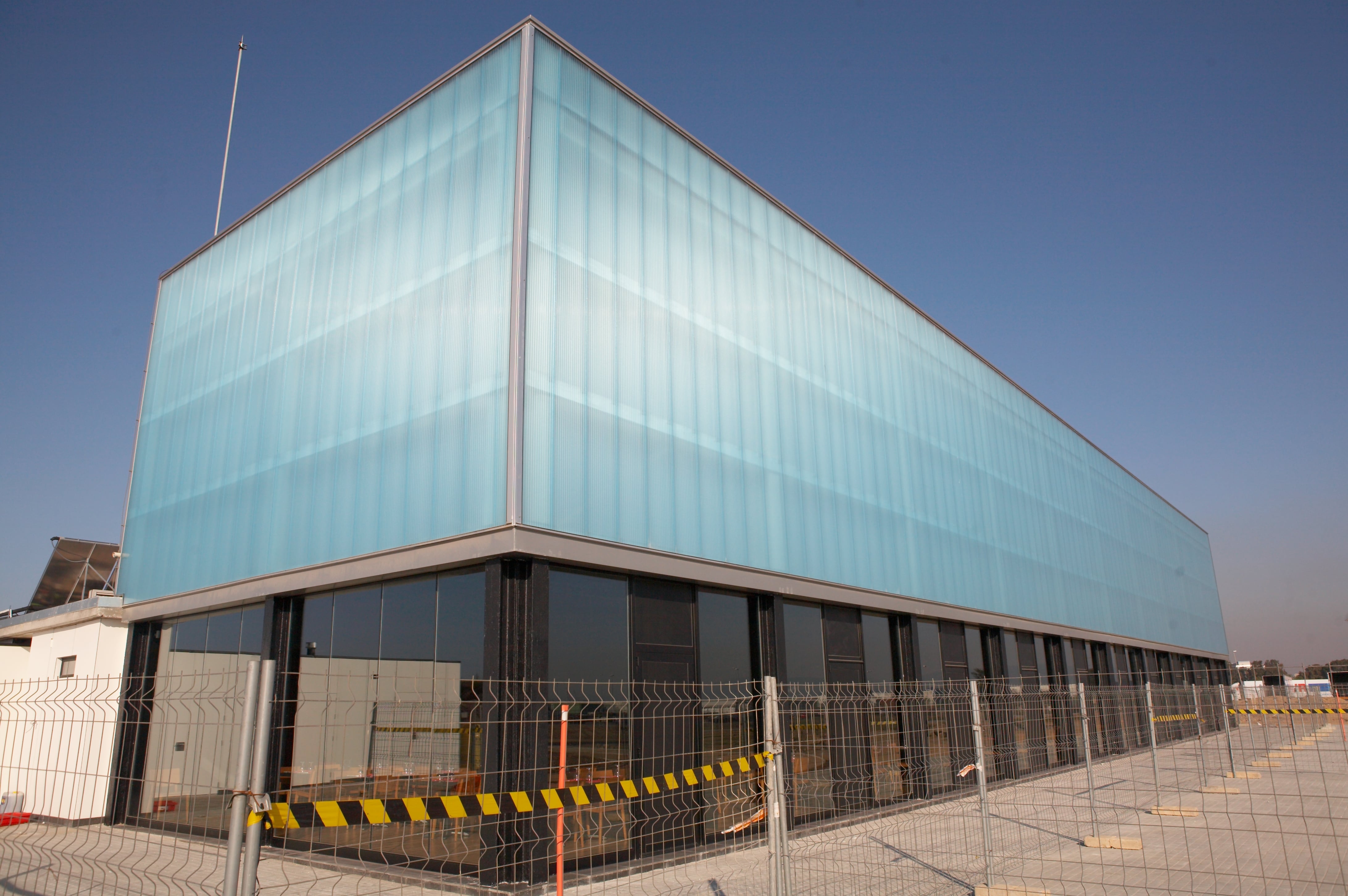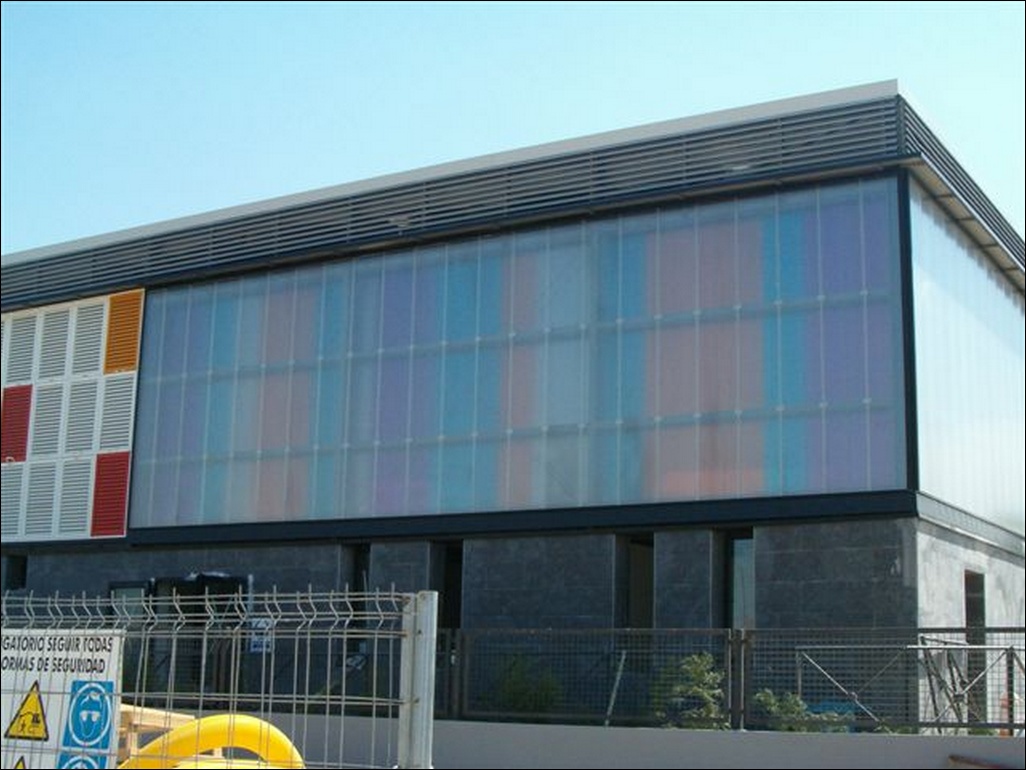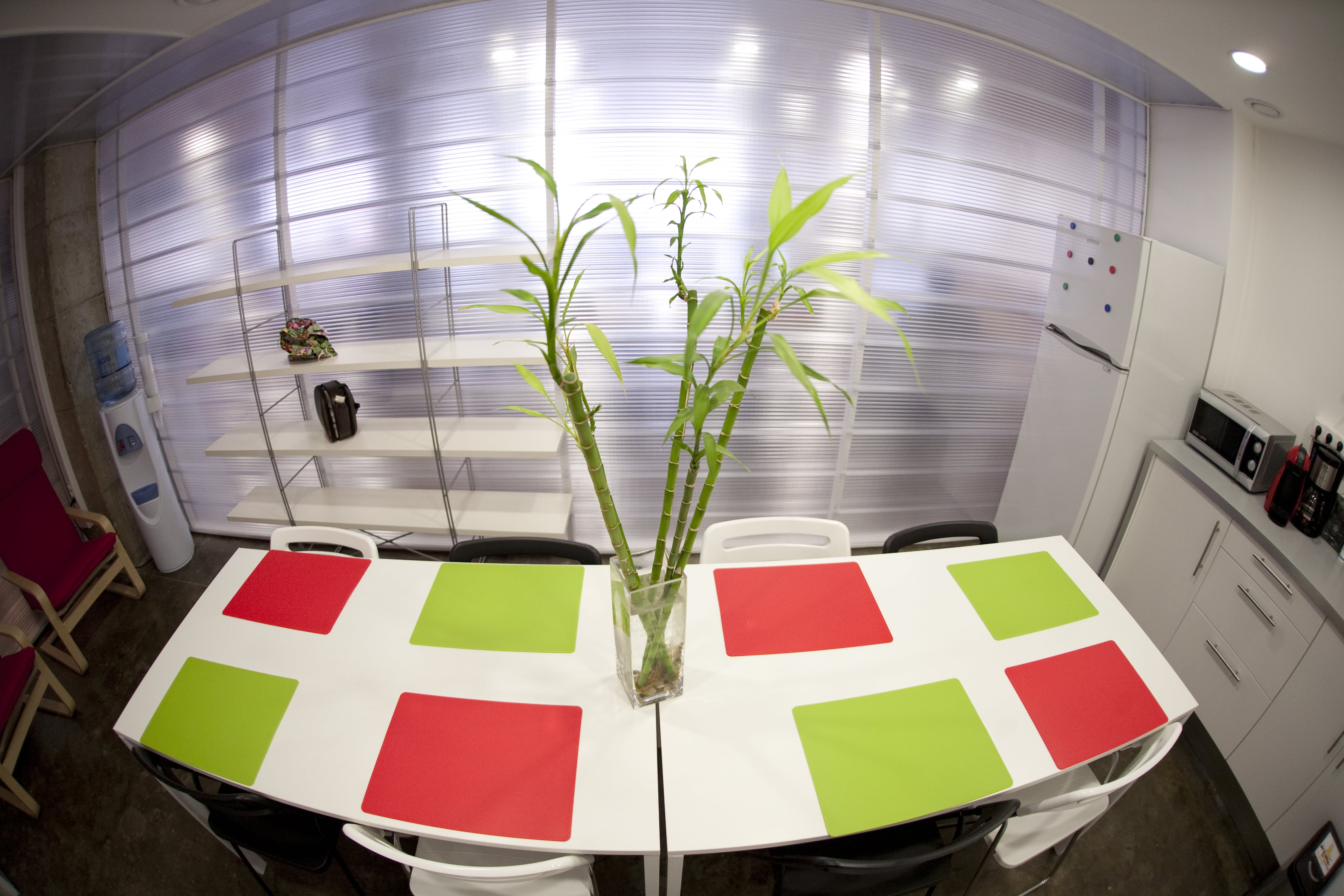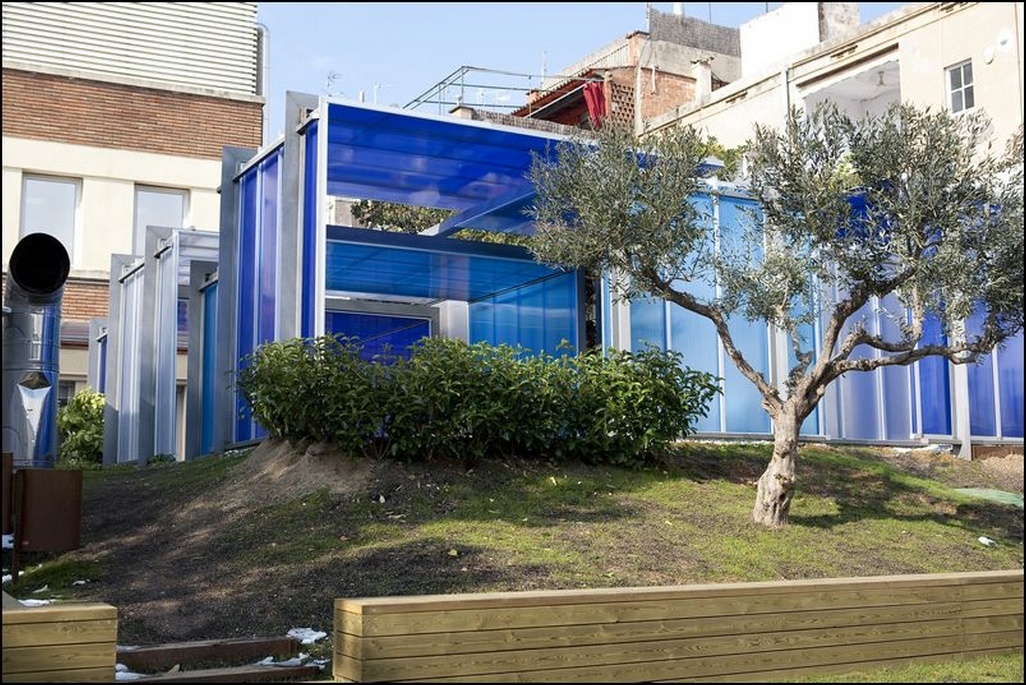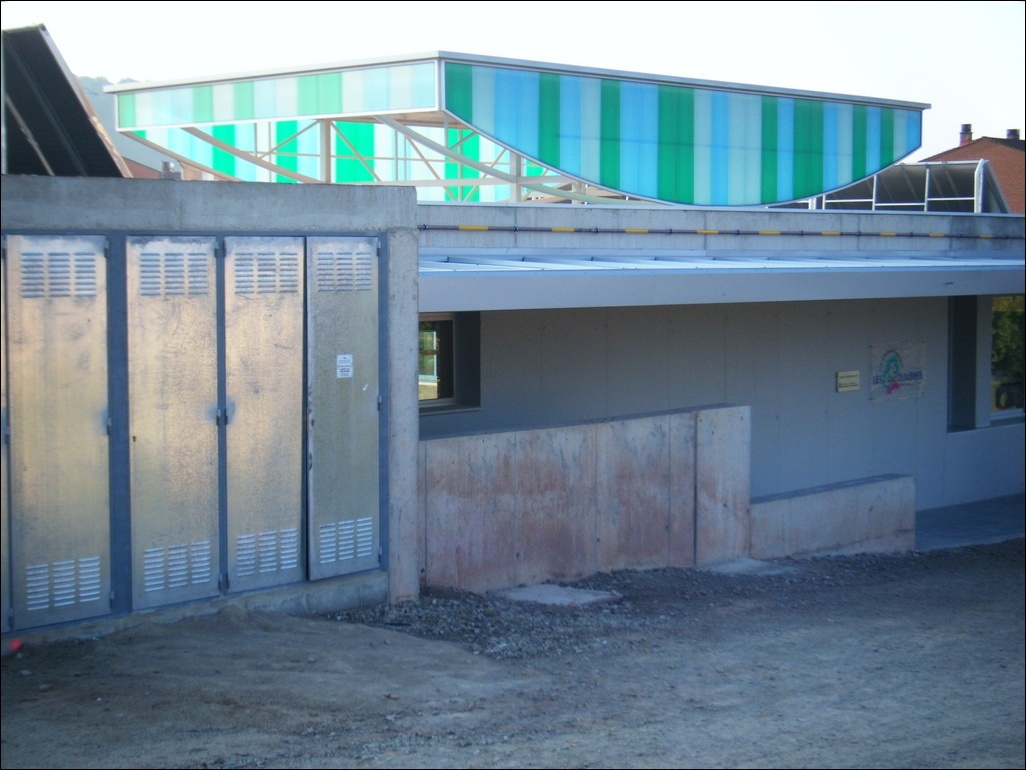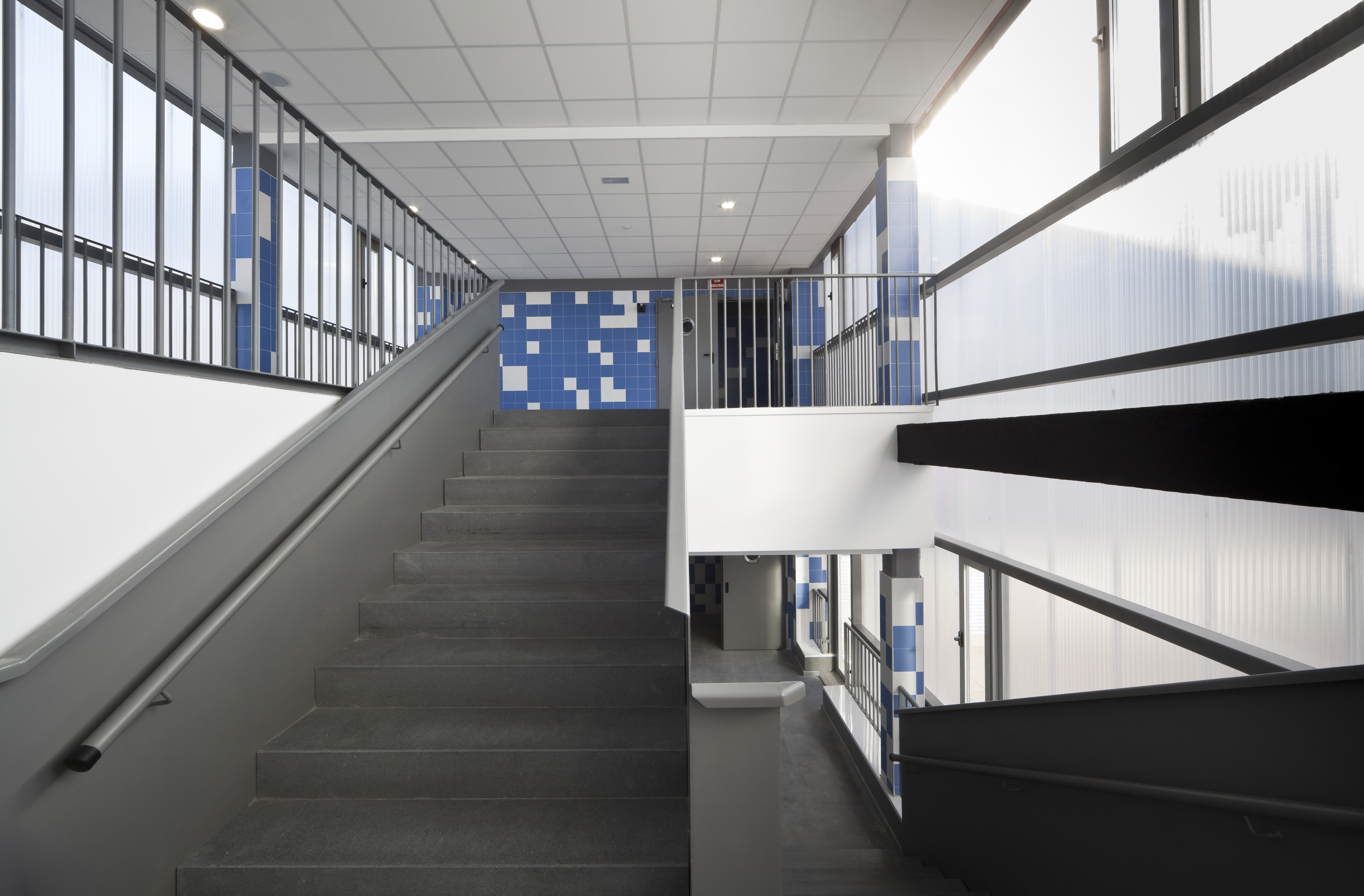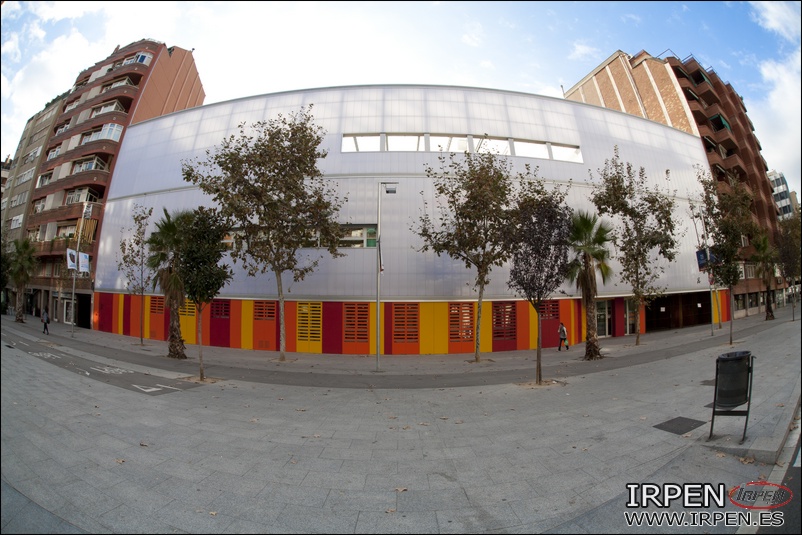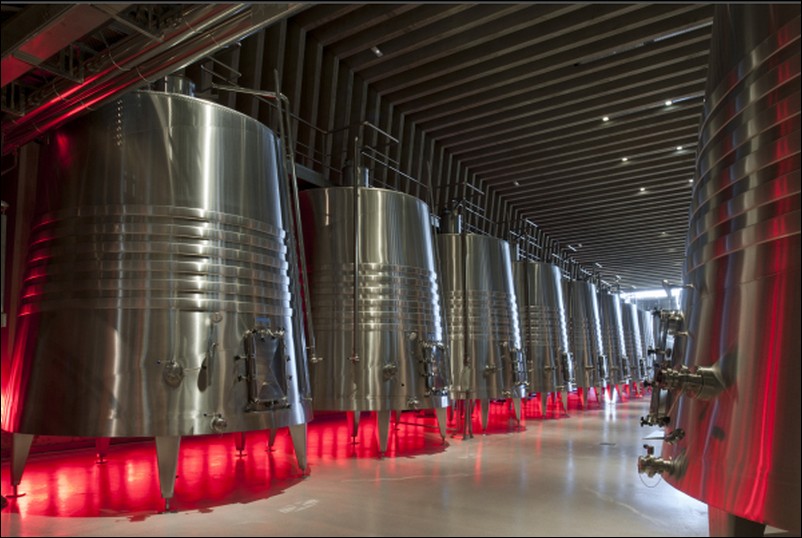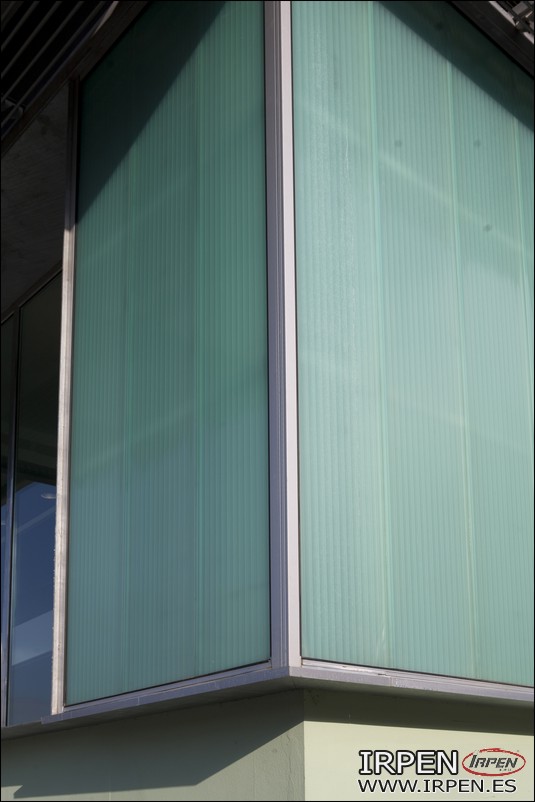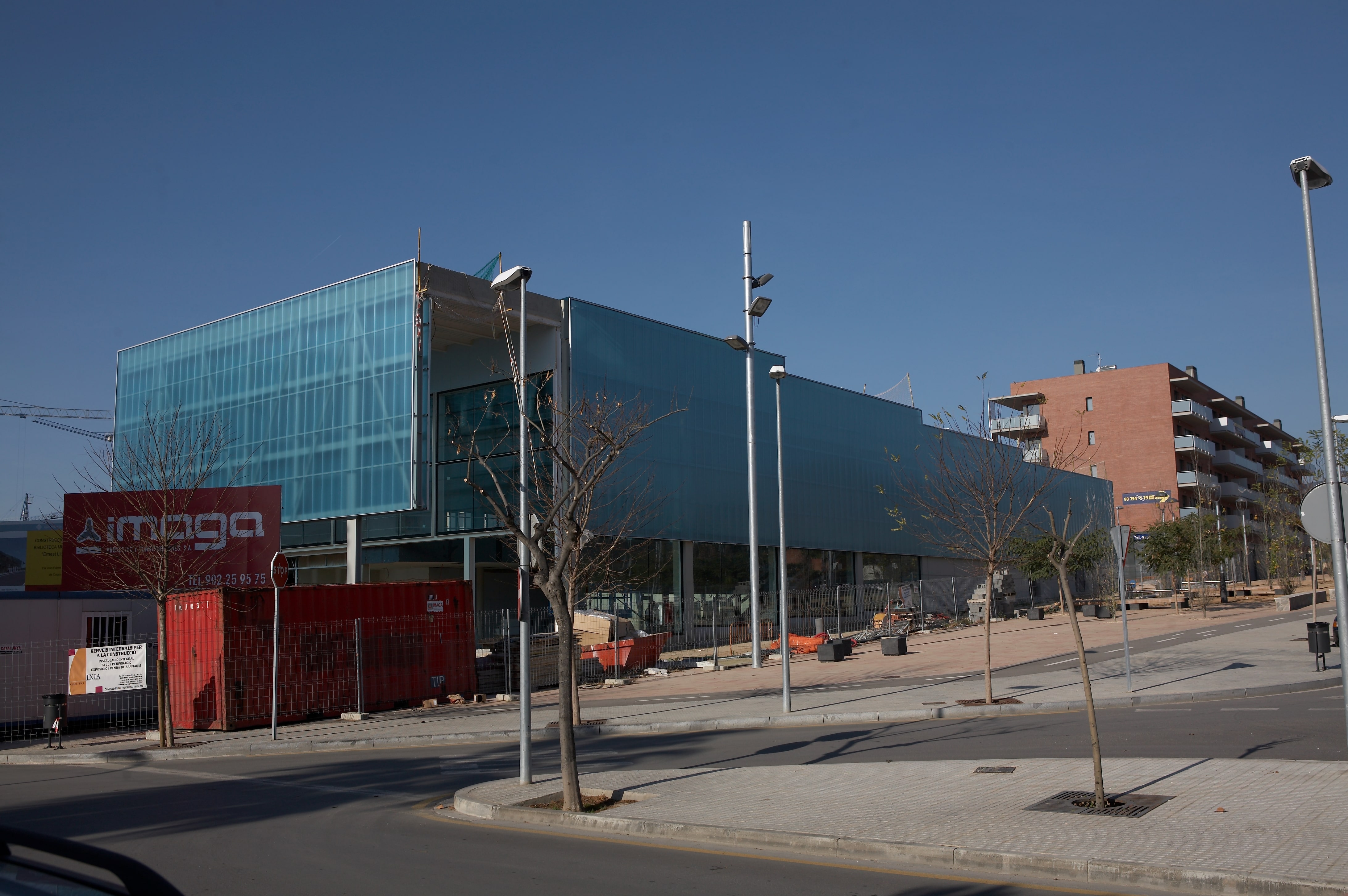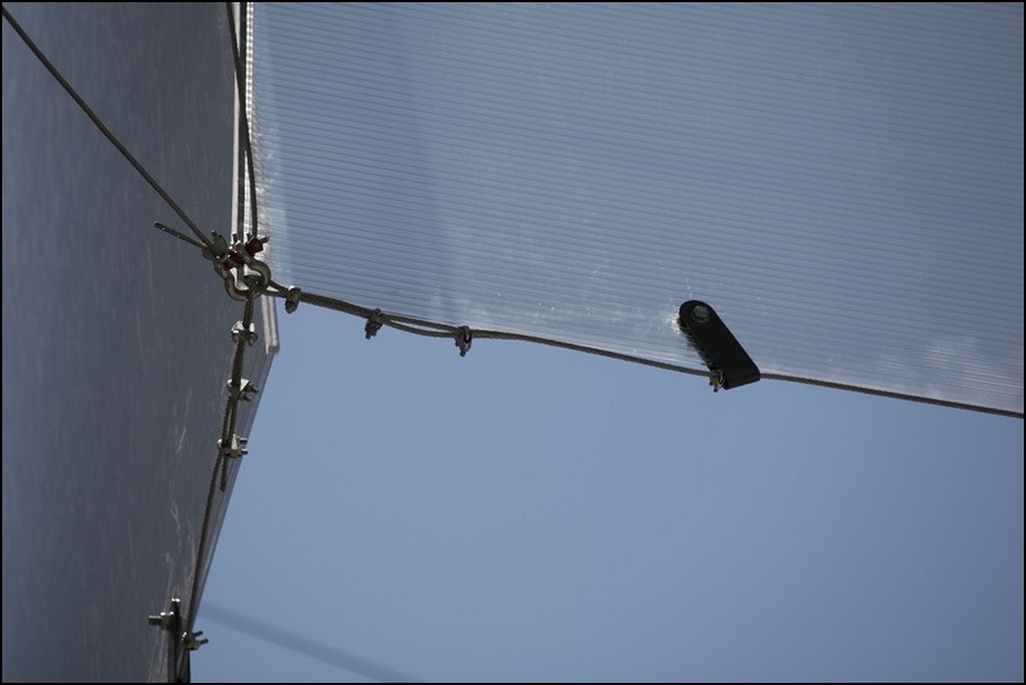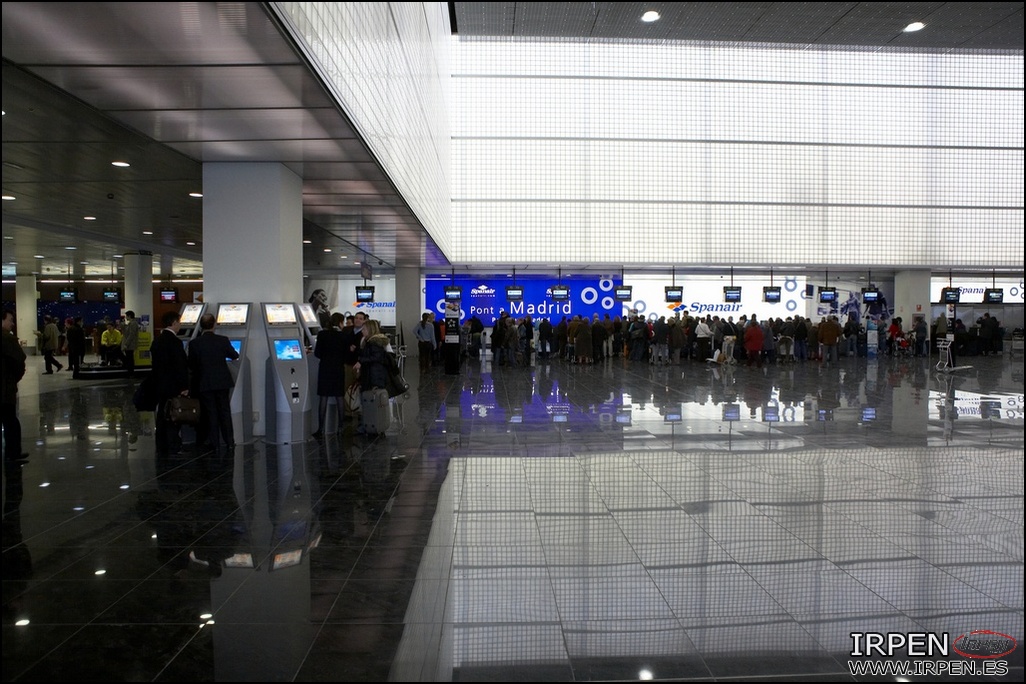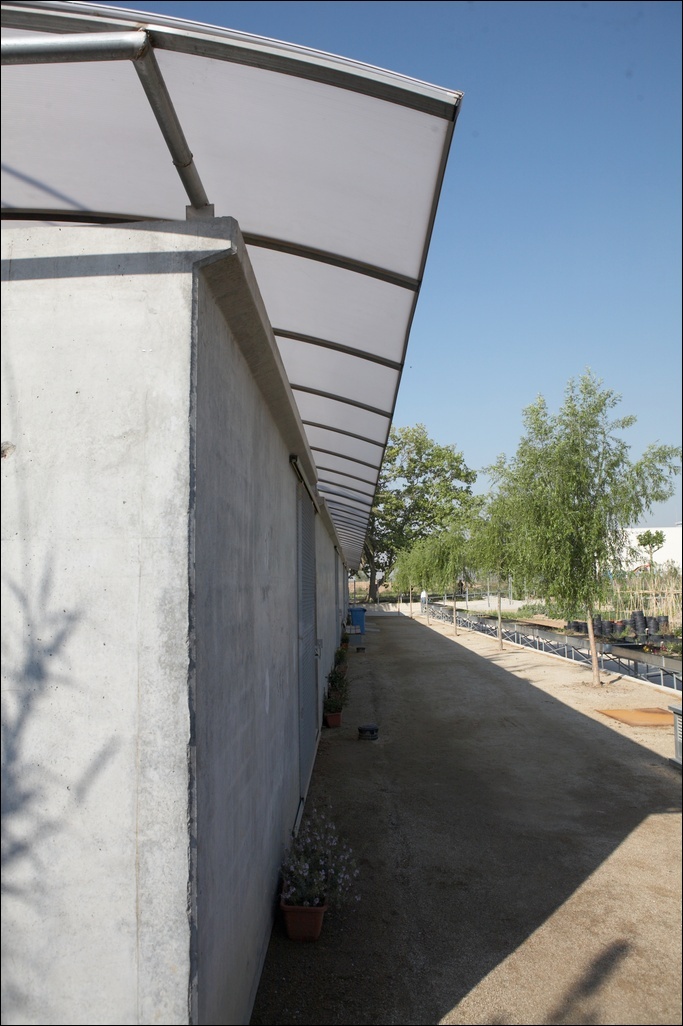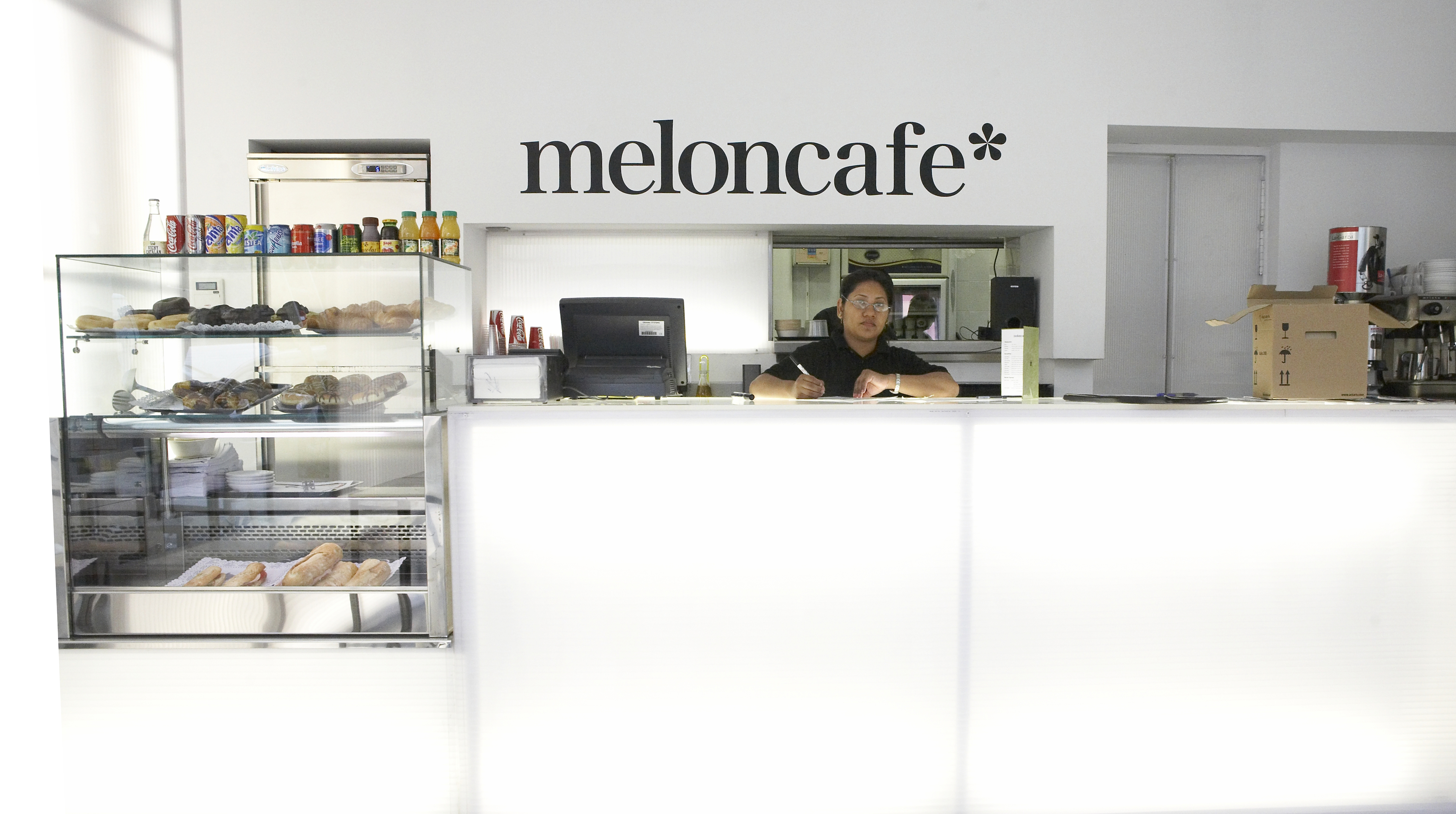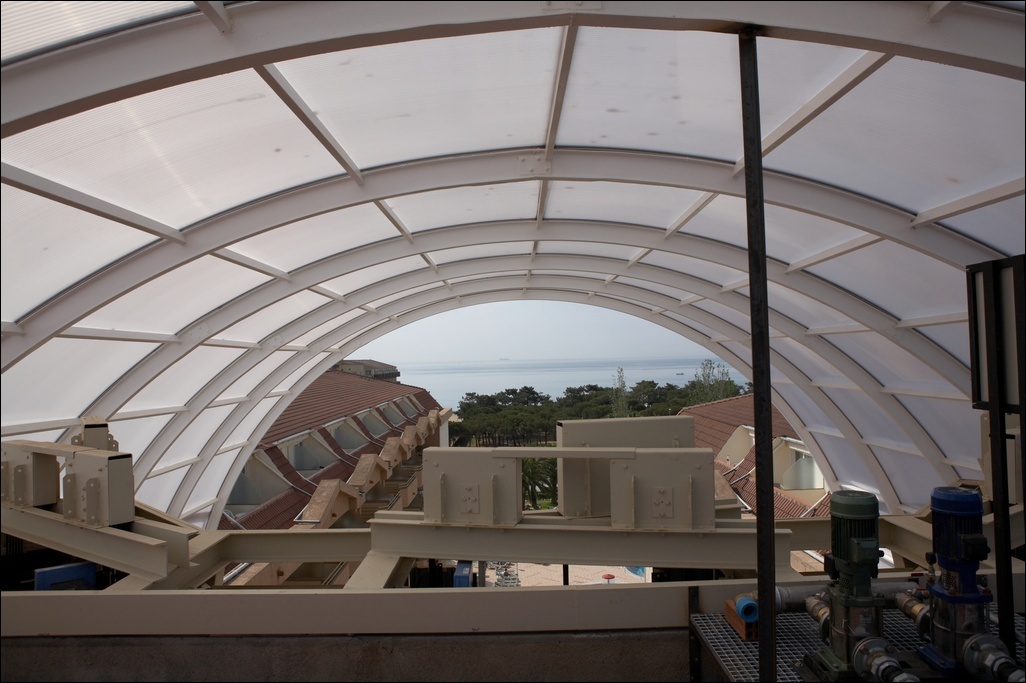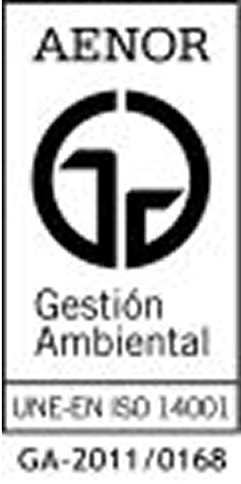Akyver - Multiwall Polycarbonate
PC 14 Compact Polycarbonate — Lexan Extrite - Features and Applications

Both in the construction and industrial worlds, compact polycarbonate is an extremely common material because of the advantages it offers to the prescriber.
Light weight, transparency and impact resistance are some of its best-known characteristics. In addition to having good weather performance, provided that plates with UV protection are chosen, which are guaranteed to respond to normal weather conditions. Faced with these requirements, our PC01 or our PC05 are perfectly suited. But in the face of more demanding environments, where for example we subject the material to abrasive environments (environments with suspended dust or sand), or to very intense sun exposure, we can choose our PC14 Lexan Extrite, our most recent addition to the compact polycarbonates catalog.
The PC14 is characterized by being a translucent polycarbonate plate, with UV protection on both sides and one specially protected with an anti-abrasion coating, which offers excellent performance characteristics for all types of outdoor applications, especially recommended for intensive use conditions. Being able to highlight:
- Resistance to abrasion on one side with UV protection
- Better chemical behavior with UV protection
- Excellent transmission rate on colorless plates
- Material with good fire resistance (Euroclasses Bs1d0)
- Durability guaranteed for 15 years
- Easy to handle, it allows cold and hot transformation without losing properties under the action of UV
Resistance to abrasion on one side with UV protection
This compact polycarbonate plate, on one of its surfaces, enjoys a unique treatment, providing this face with excellent resistance to abrasion. Therefore, this surface is specially prepared to be exposed to particularly adverse weather conditions, such as snow storms or suspended dust and sand storms.
If minor scratches/damage occurs during use, the face with the anti-abrasive coating can self-repair, provided that the surface rises to more than 60ºC, either due to sunlight or another type of energy source. If these minor damages do not disappear due to self-repair of the plate, we can try to fix the surface by applying heat with a hot air gun, regulating the temperature to 130ºC.
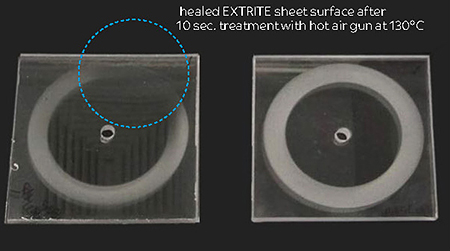
Better chemical behavior with UV protection
In addition, this coating provides the surface with improved chemical resistance compared to a standard PC, especially to chemicals such as gasoline, kerosene and xylene.

Excellent transmission rate on colorless plates
The transparent PC14 Lexan Extrite plate has an excellent light transmission index, between 87%-90%, and its colorless version can be supplied in other finishes such as opal/white, bronze or gray. Note that PC14 is essentially opaque at wavelengths shorter than 385 nanometers, this feature can help prevent discoloration of sensitive materials placed behind the plate.
Material with good fire resistance (Euroclasses Bs1d0)
In addition to being a self-extinguishing material, it has a perfect fire rating in the range of 2-6 mm available for construction materials, classifying according to Euroclasses EN13501-1 Bs1d0.
Durability guaranteed for 15 years
Material that offers greater durability than other compacts, as it has a 15-year limited written warranty against breakage, yellowing and loss of light transmission (see conditions).
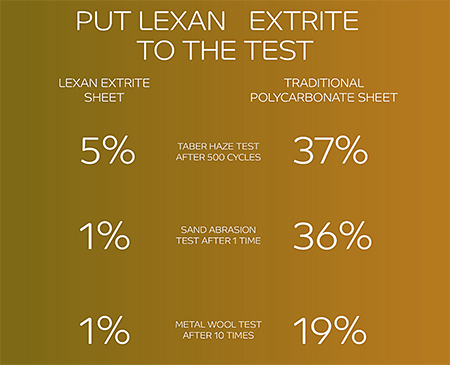
Easy to handle, it allows the transformation of both cold and hot plates without losing properties to the action of UV
This series of PC plates with surface coating, allows a large number of processing and handling techniques, both cold and hot:
- Curved and cold folded
- Drilling/Cutting/Milling
- Thermoforming
- Painted and screen-printed
Applications
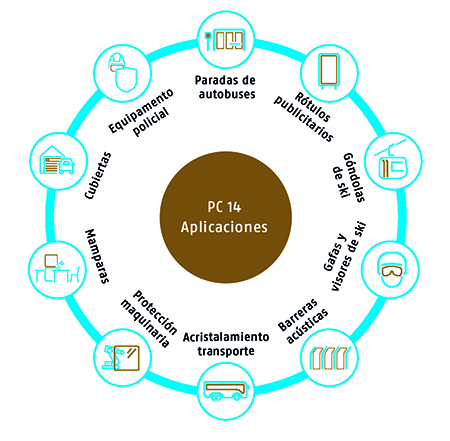
Available range
The available thicknesses of the PC14 range from 2 to 6 mm. In order to easily differentiate the properties of both sides, the film is different on each side:
- The film on the face, which is only UV, is a standard PE film, which feels soft to the touch.
- The anti-abrasion and UV film on the face has a PET film, with the inject printed with the manufacturing reference. This side of the film is rougher and harder to remove from the iron compared to the UV-only side.

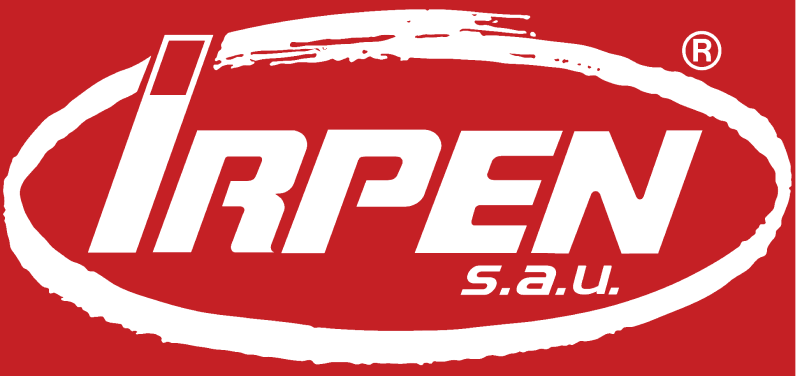







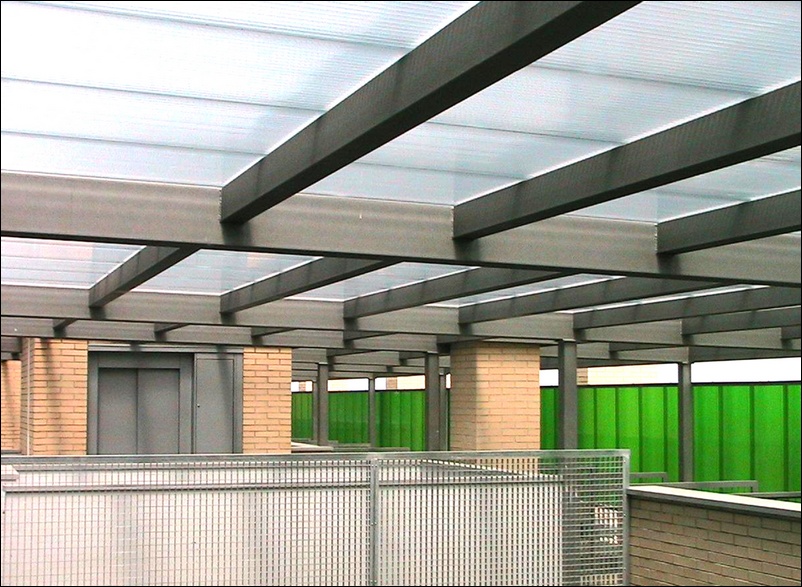


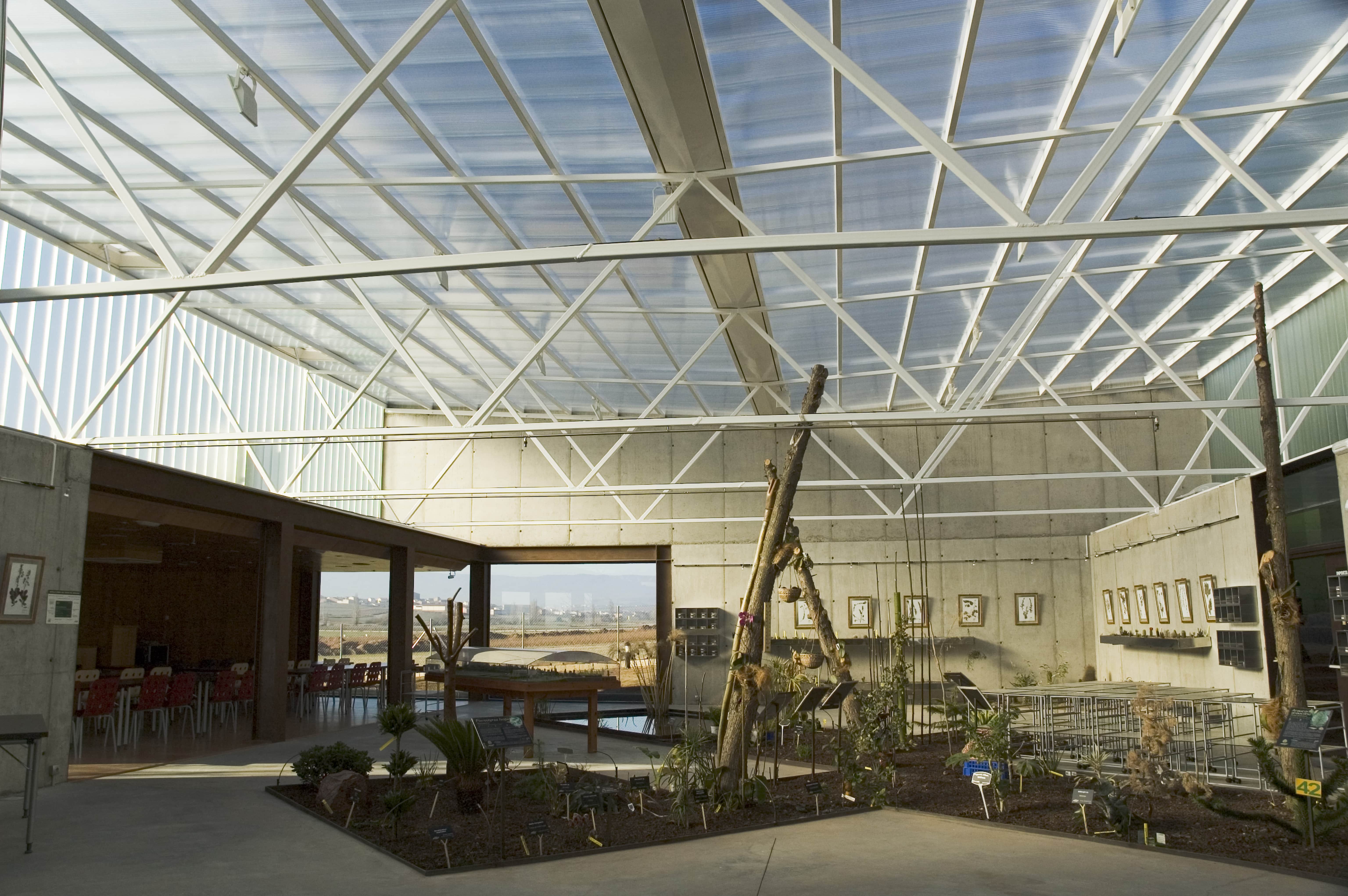
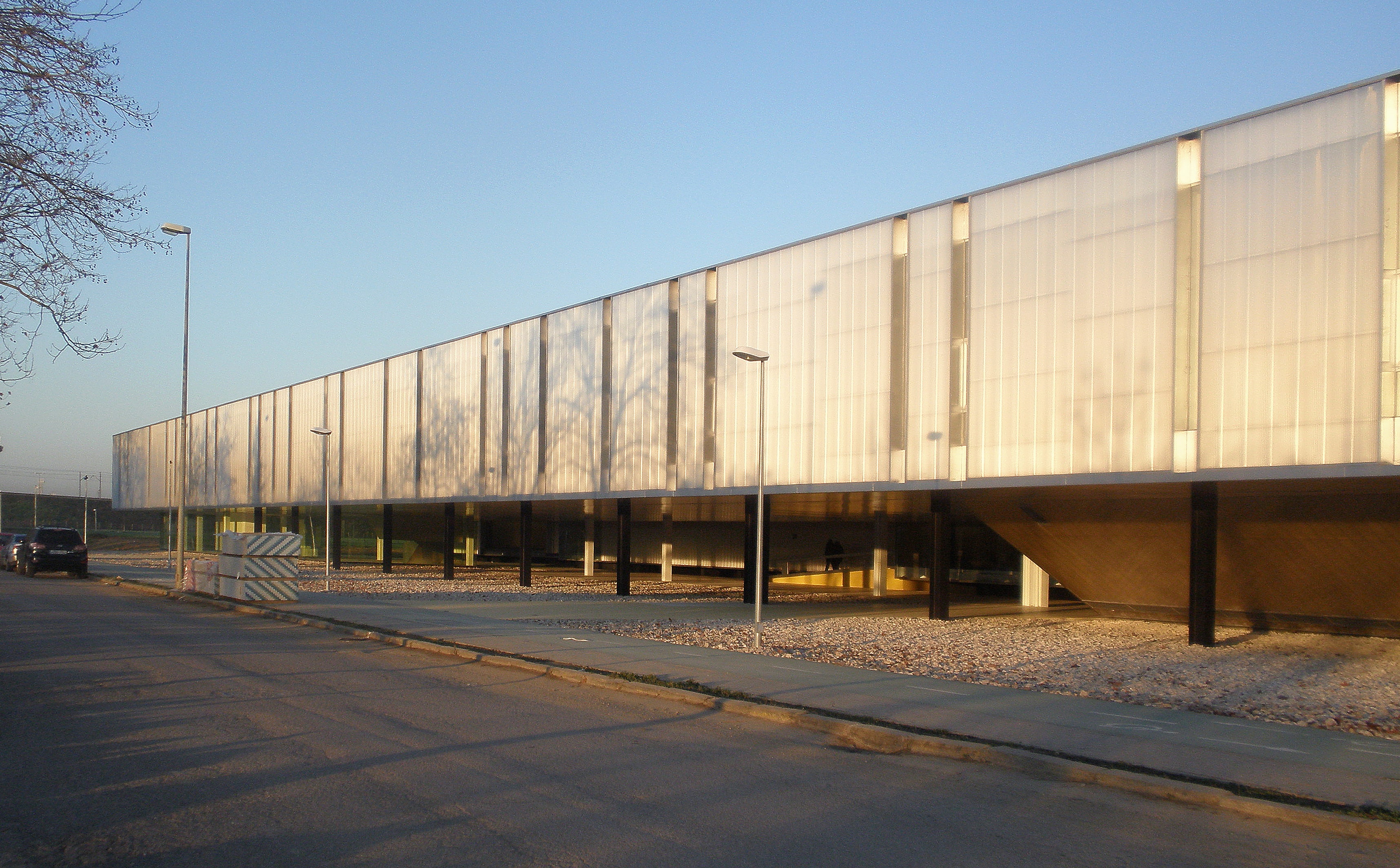
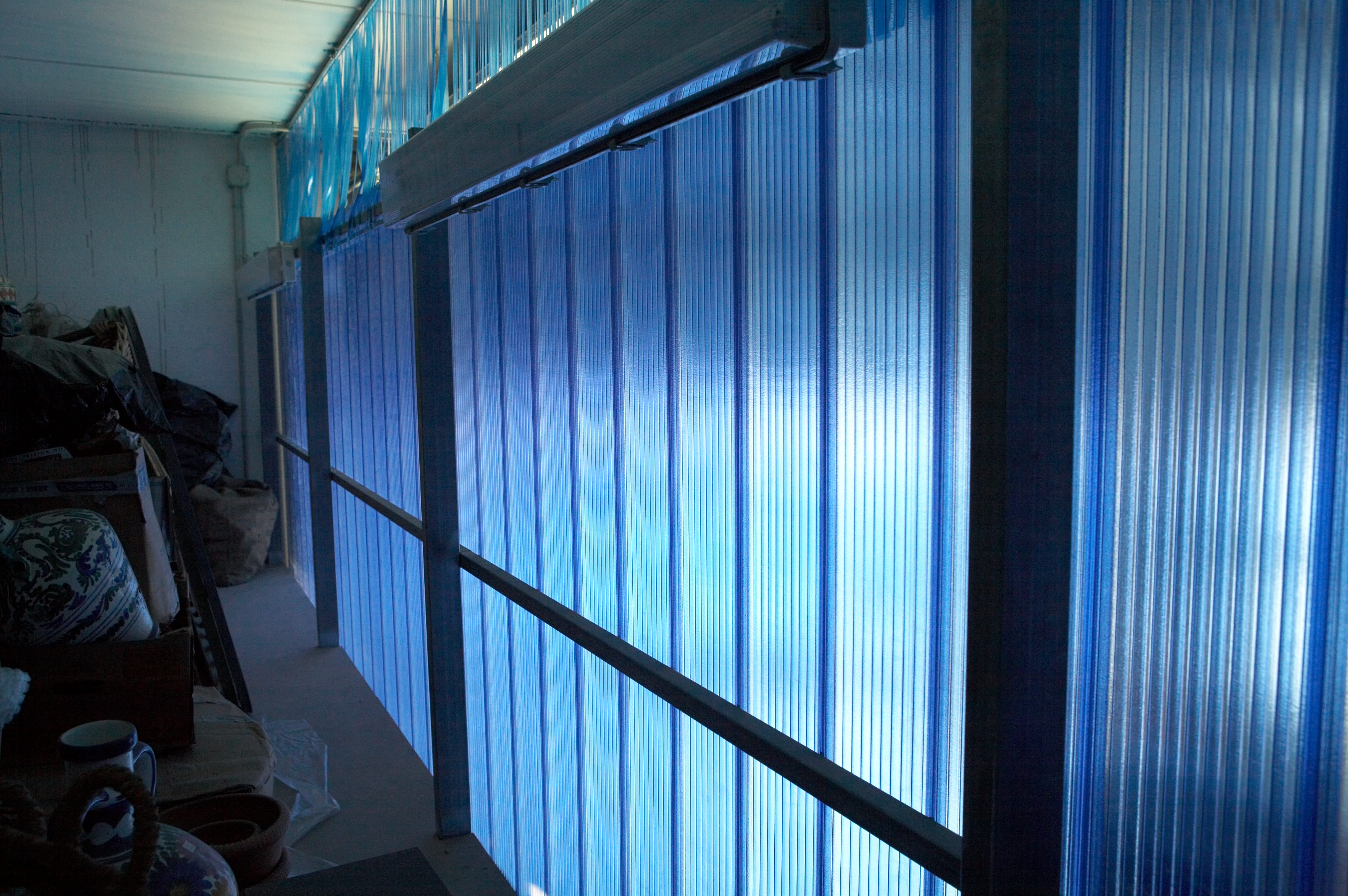

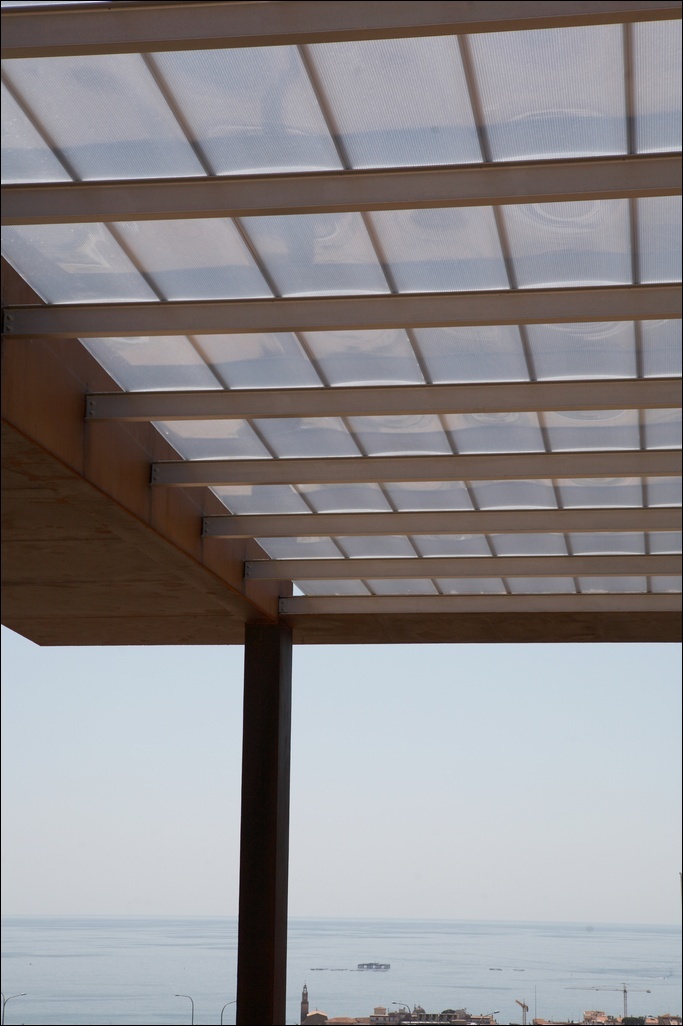
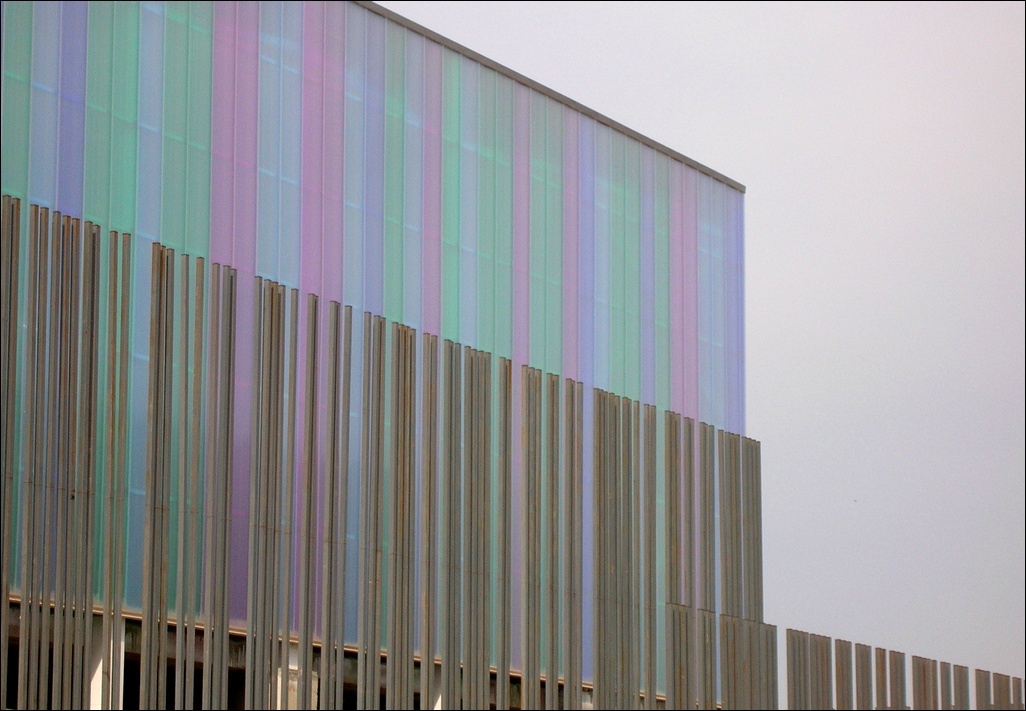
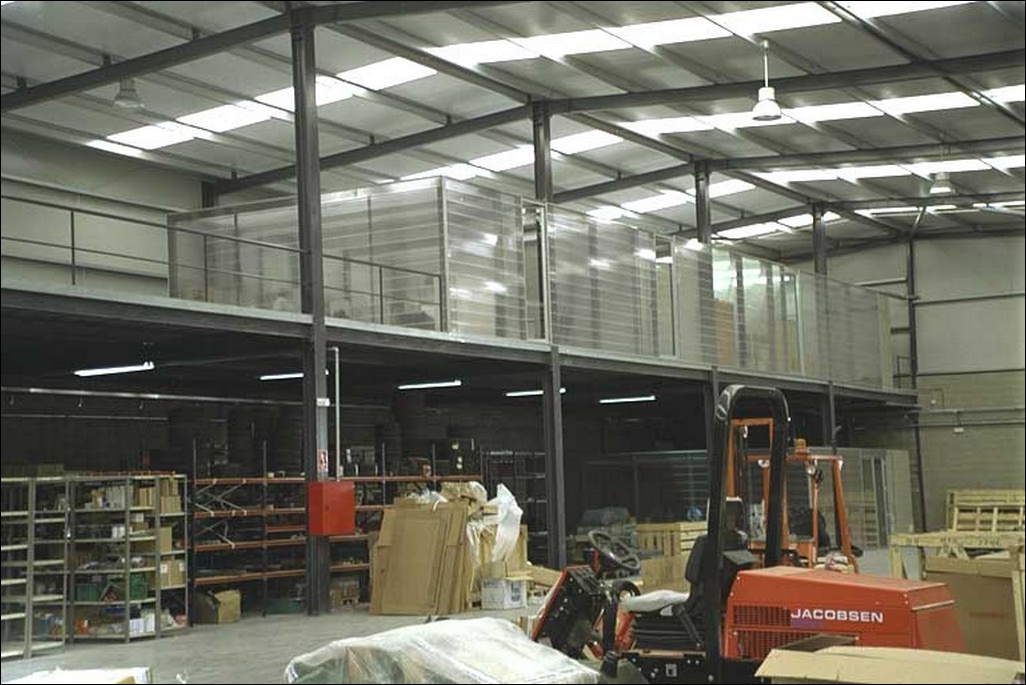
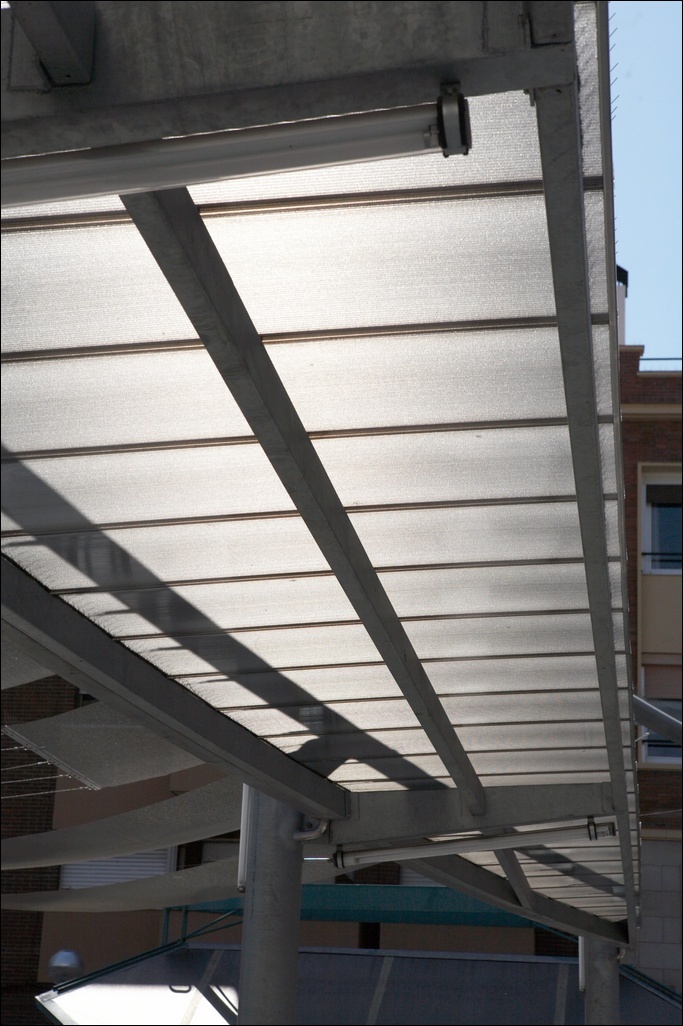
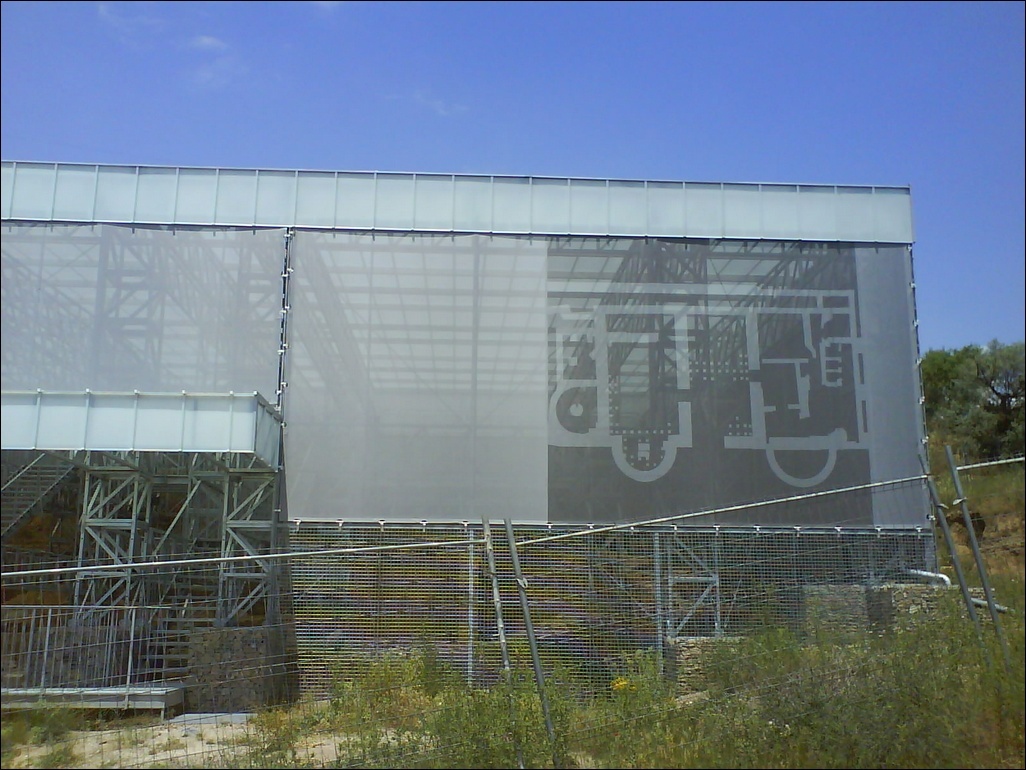


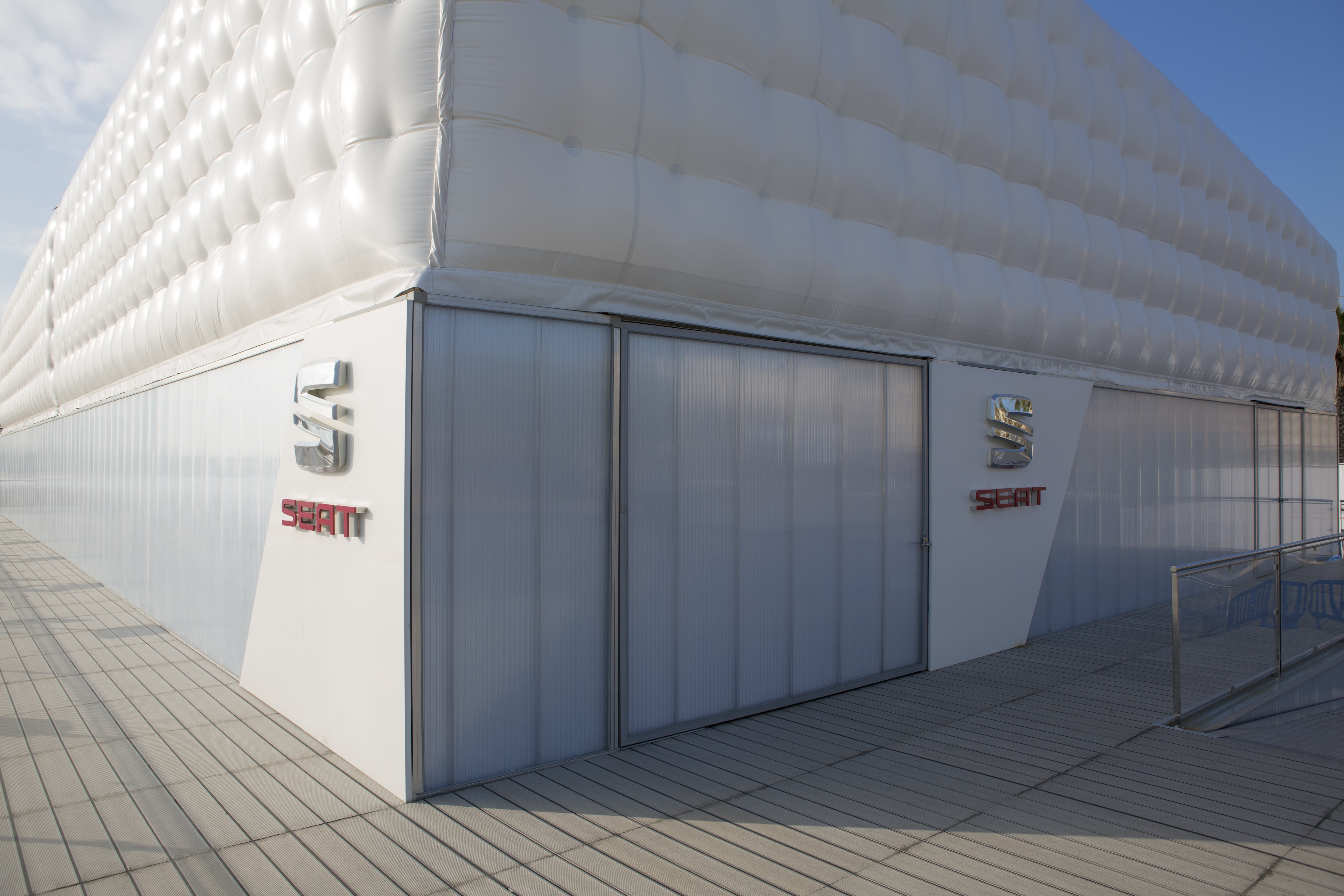
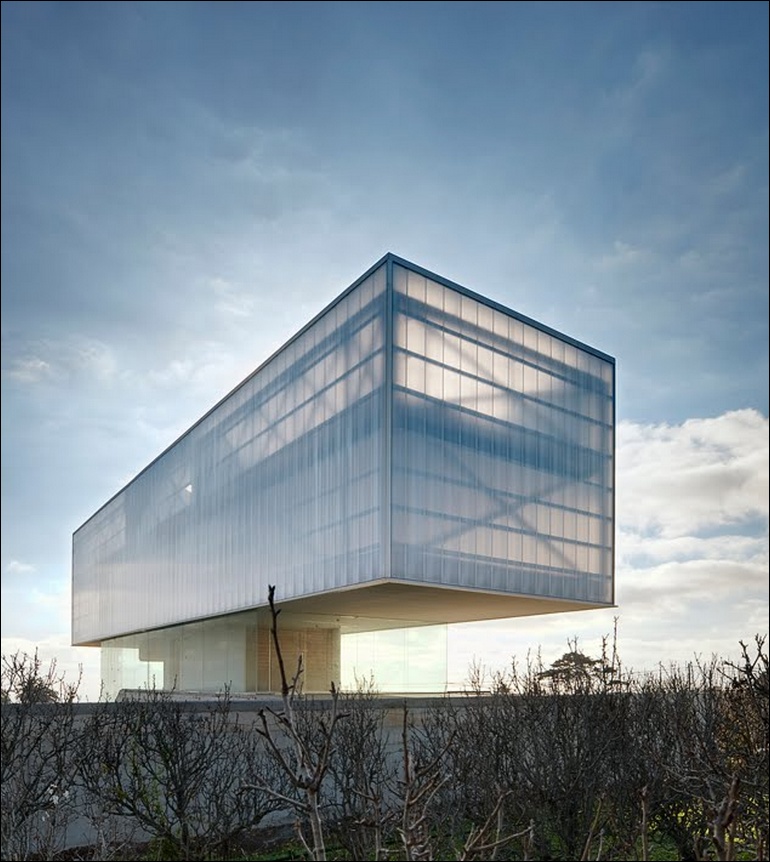


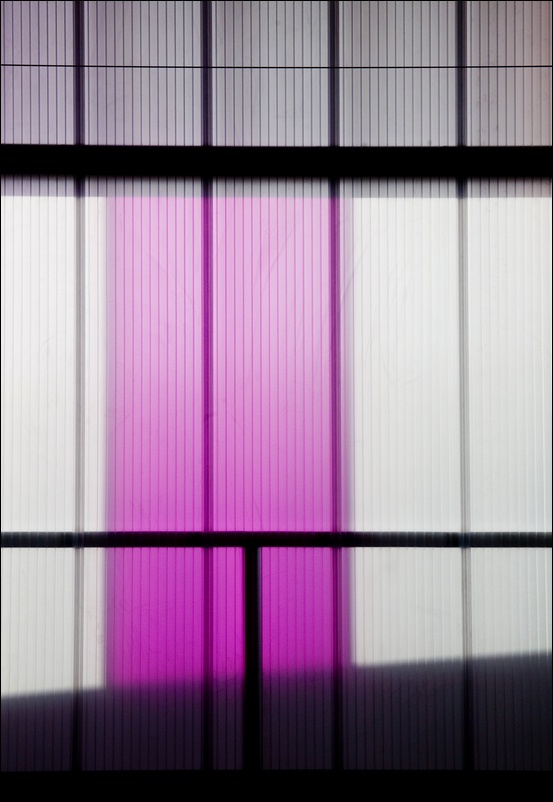
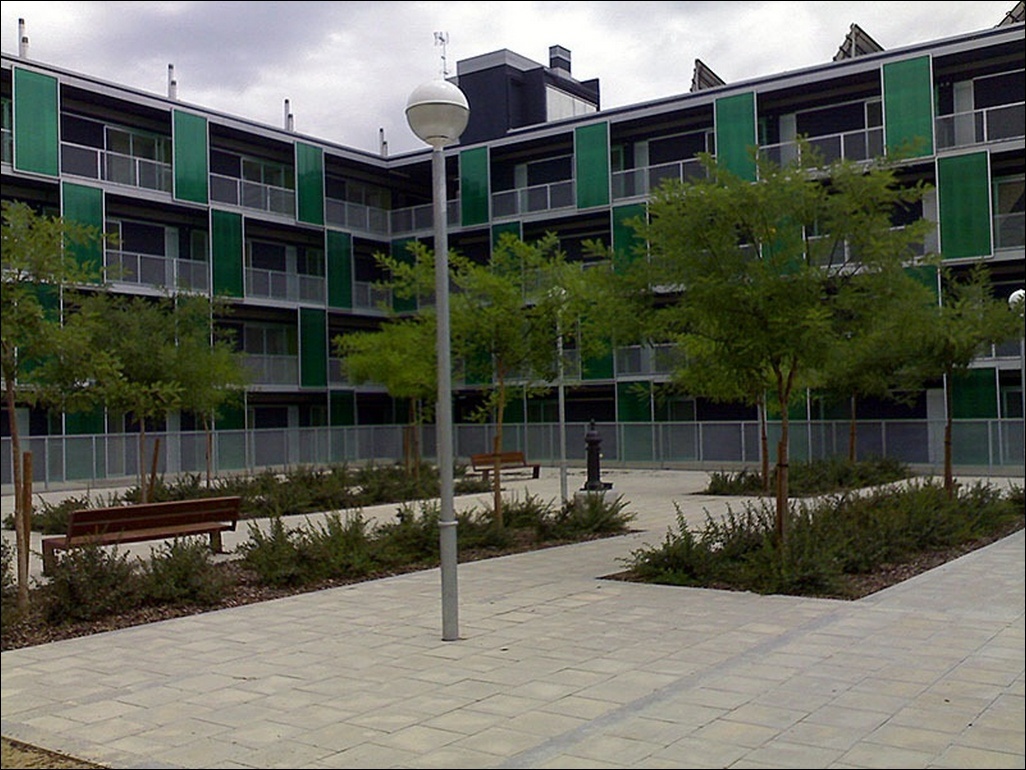

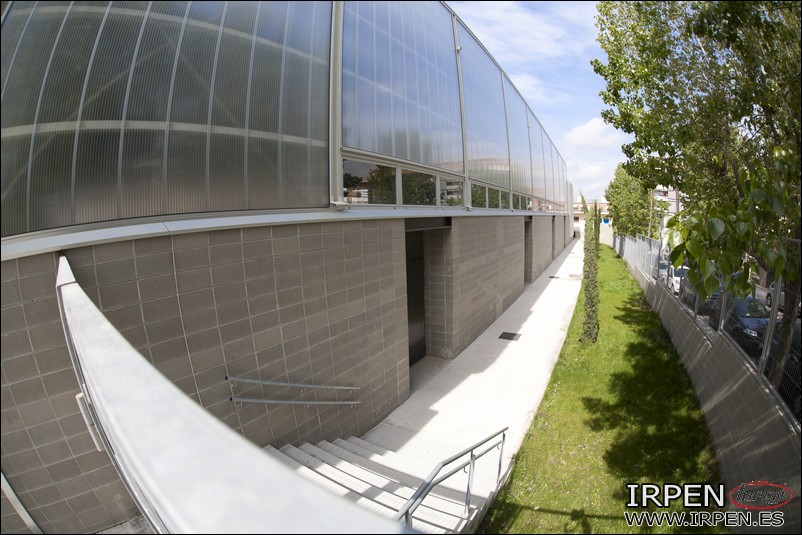

.jpg)
